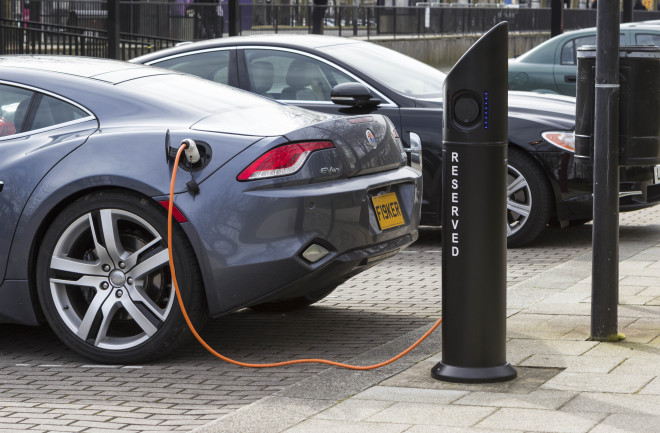This story was originally published in our Nov/Dec 2022 issue as "Going Electronic." Click here to subscribe to read more stories like this one.
Long before Instagram influencers and Twitter, there was the Vagabonds, circa 1915. The exclusive group of tycoons included Henry Ford, Thomas Edison, Harvey Firestone and sometimes a U.S. president or two, gallivanting across the country.
Together, they caravanned each summer in a fleet of Ford Model Ts — support staff, photographers and journalists in tow, broadcasting the dawn of the recreational road trip. The annual drives flourished for a decade until 1924, when the men had become too famous to frolic in public.
These trips gave Ford and Edison, who had developed two electric vehicles together, the opportunity to discuss a vision of the future: combine Ford’s assembly line with Edison’s battery to make affordable, battery-electric cars. The U.S., after all, teemed with electric vehicles (EVs) for a brief time in the early 1900s. Ford even bought one for his wife, Clara, because his own Model T was dirty, difficult to start and generally less reliable. Ultimately he committed to fossil-fuel combustion for his revolutionary cars, and Edison’s former employee Nikola Tesla went rogue to revolutionize battery technology on his own. Notably, the burgeoning EV market failed to overcome infrastructure and travel range limitations.







